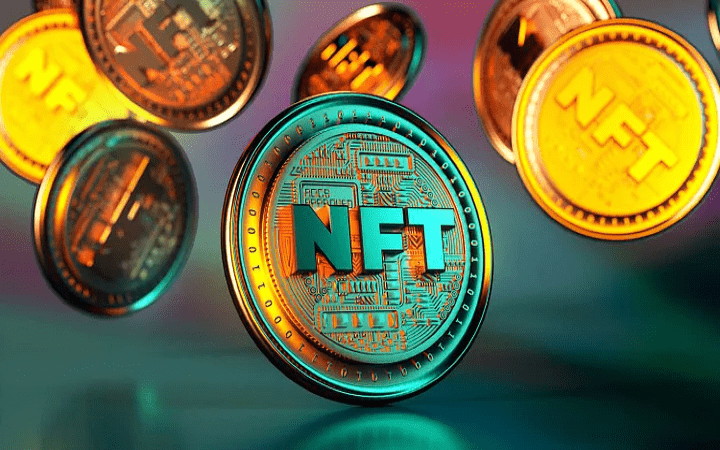BLOG


NFT Staking: Earn Rewards for Holding Unique Digital Assets
Non-fungible tokens (NFTs) are digital assets that represent ownership of a unique item or asset, such as a piece of artwork or a rare collectible.
NFTs, or non-fungible tokens, have revolutionized the world of digital art and collectibles. These unique digital assets are created using blockchain technology, making them immutable and irreplaceable. However, while NFTs can be used for a variety of purposes, including art, music, and gaming, they have typically been viewed as passive investments. That is, until the emergence of NFT staking.
What is NFT Staking?
NFT staking is the process of holding an NFT for a specific period to earn rewards. When a user stakes their NFT, they are essentially locking it up for a predetermined time period. During this time, the user cannot sell or trade the NFT, but they can earn rewards for holding it. The rewards are typically paid out in the form of a cryptocurrency or token.
How NFT Staking Works
NFT staking works by using a smart contract to hold the user’s NFTs for a specific period. During this time, the smart contract will generate rewards that are proportional to the amount of time the NFT is locked in the contract. Once the staking period is over, the user can claim their rewards and withdraw their NFTs from the smart contract.
The amount of rewards earned through NFT staking depends on several factors, including the staking period, the number of NFTs staked, and the reward rate set by the smart contract. Typically, the longer the staking period, the higher the rewards earned.
Implementing NFT Staking in Solidity
To implement NFT staking in Solidity, we need to create a smart contract that can hold the user’s NFTs and generate rewards over a specific period. Before we start writing the contract, we need to decide on a few things:
- What tokens will be used for staking and rewards? For this example, we will use ETH for staking and a custom token called “REWARD” for rewards.
- How long will the staking period last? We will use a period of 30 days for this example.
- What will the reward rate be? We will use a rate of 1 REWARD per ETH staked for the entire period.
